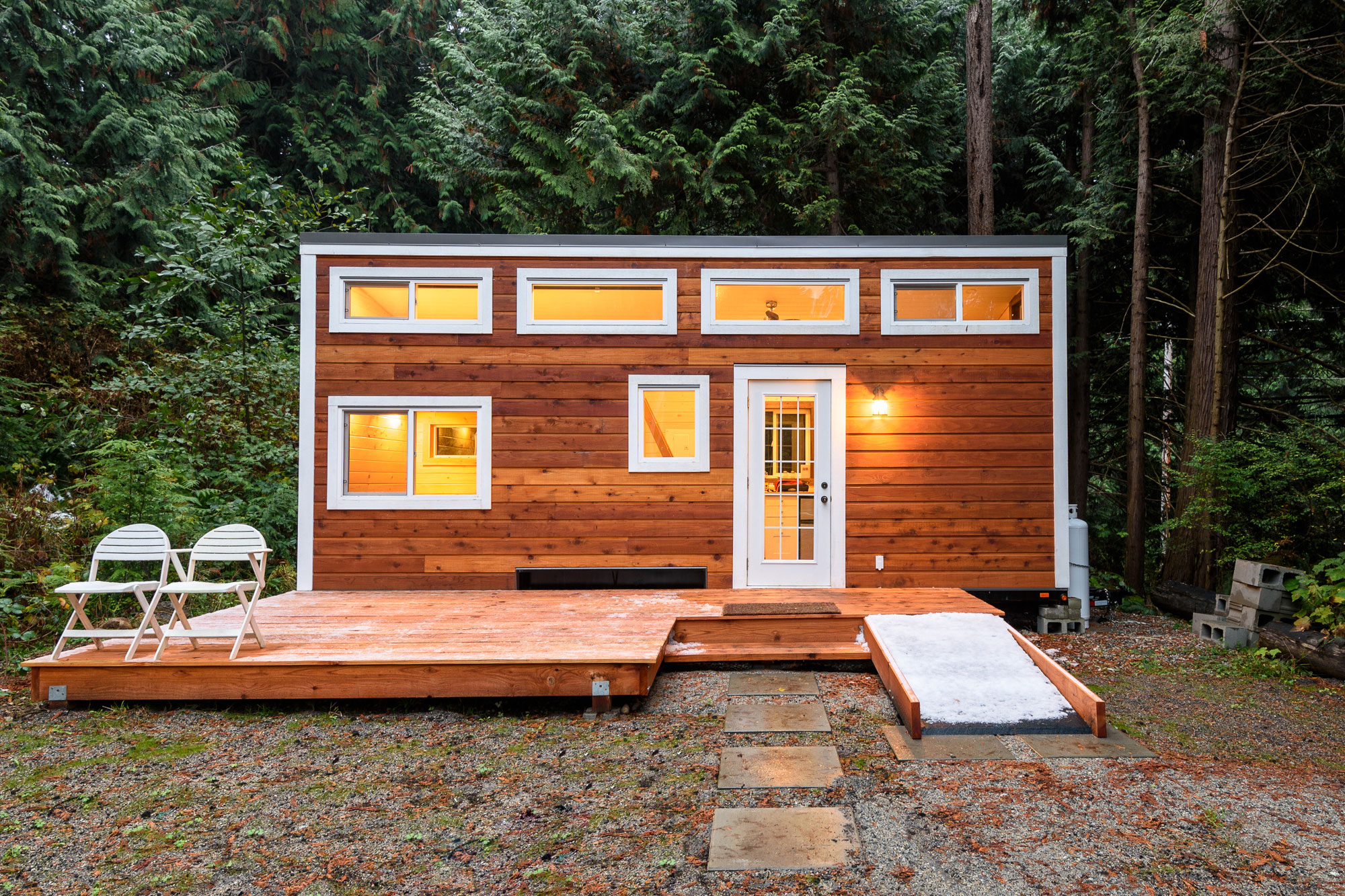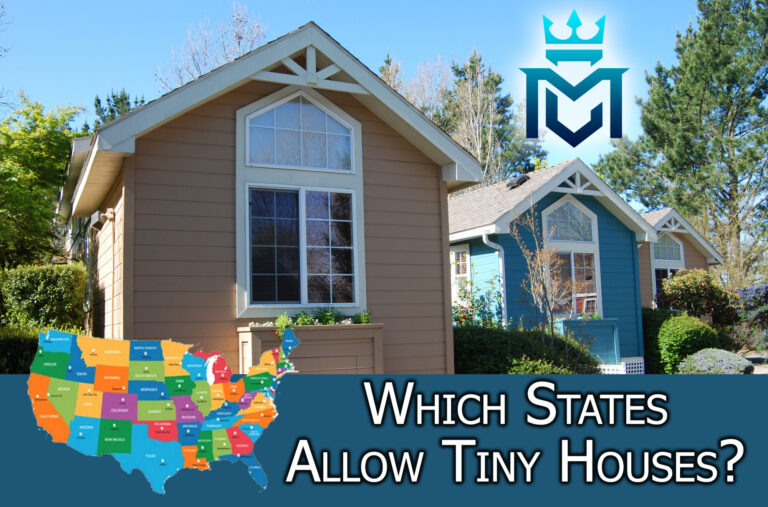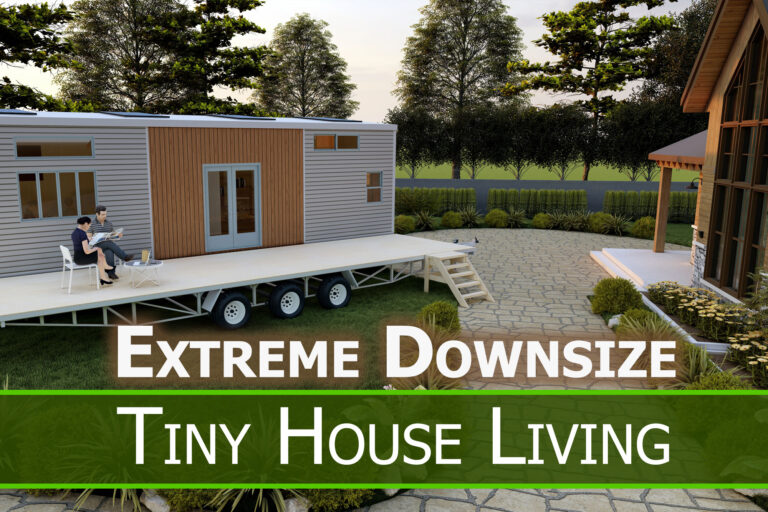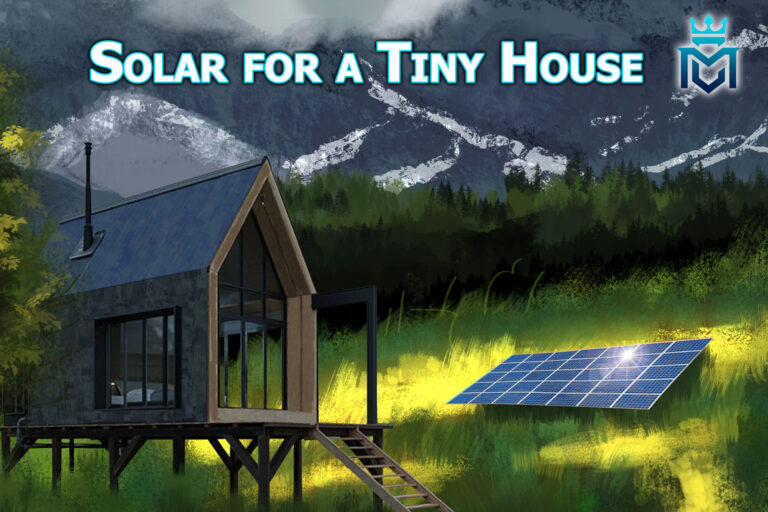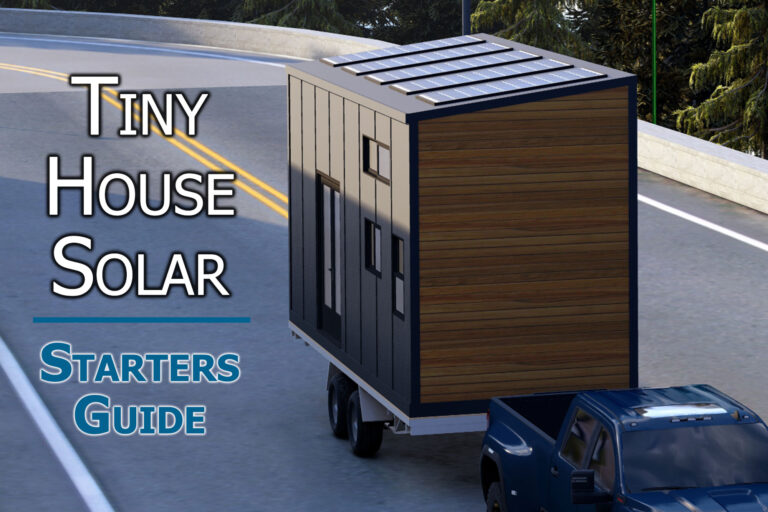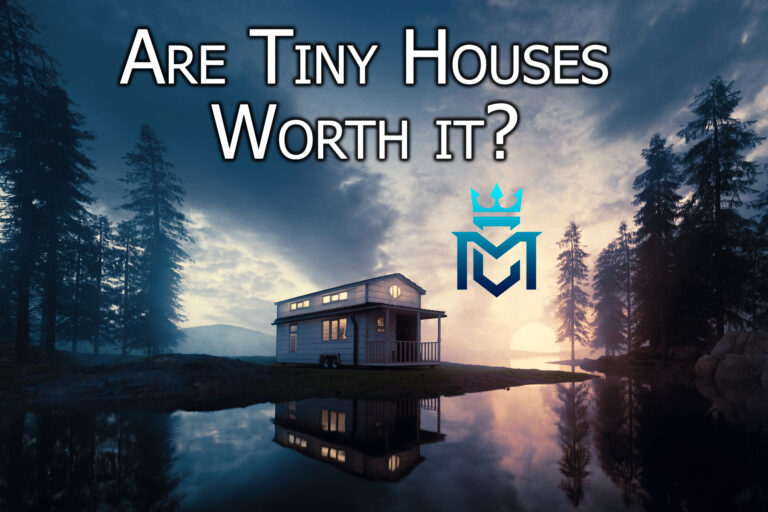How to Decide Between a Stationary and Portable Tiny House
The tiny house market has taken the housing world by storm as many buyers are looking to downsize or find housing that fits their budget. When it comes to choosing between a stationary and a portable tiny house, how do you know which one is right for you?
Read on for some helpful pros and cons of these types of tiny homes so you can decide which option will suit the needs of your family and your lifestyle the best.
A Portable Tiny House Provides Flexibility
If you want to live a nomadic lifestyle, the odds are that you’ll start looking at portable tiny houses for sale. There are lots of perks to this option, mainly that you can easily move your home to another location on a whim.
Those who need to relocate for a new job or who are freelancers and can work from virtually anywhere might benefit from a portable tiny house. If you want to move to be closer to friends or family, it’s also a much more versatile choice than a stationary home.
Some people like the idea of being able to “pull up stakes” whenever they want a change of scenery. If you love to travel or want to stay on the move, then a portable tiny house kit is probably right for you. It’s also a great way to explore the country without having to pay for a hotel room or other accommodations.
The Cons of a Stationary Tiny House
If you purchase a plot of land and plan to build your stationary tiny house there, you won’t be able to move it. This option might be viable for some homeowners, but there are quite a few cons to this type of tiny house, too.
Perhaps you end up with new neighbors who are noisy or unpleasant and live right next door. You won’t be able to pick and move to escape the new neighborhood residents.
In some cases, there could be construction taking place right next to your tiny home. With new developments popping up, it’s not a shock to find out that some people end up next to a high-rise building shortly after they’ve settled down in their new neighborhood.
Other times, the zoning in your area could change and school district and voting boundaries might be updated. Once you settle into a stationary tiny house, your only option is to deal with all of the changes or sell it and move on. However, portable tiny houses on wheels give you the opportunity to relocate without having to sell your home.
Potential Damage on the Road
When your house is constantly on the move, it’s much more vulnerable to damage. Bumps in the road, sudden stops, and traveling at high speeds can eventually cause certain components of your portable tiny house to be compromised.
The more stress you put on your home, the more susceptible it will be to cracks and failures. Brick and concrete, plumbing, and stucco can all become broken over time as you move around. Large glass windows or sliding glass doors can also be quite vulnerable to issues when your home is traveling.
This is where opting for a stationary tiny house might be more viable. If you’re concerned about damage or dealing with maintenance issues, a stationary house might be a better option for you.
The last thing you want to deal with is to get stuck on the road with a cracked window or a leaking roof. Make sure that you choose a portable tiny house kit or builder that uses quality materials and workmanship.
Finding a Place to Settle
If you’re still stuck on buying a portable tiny house, you’ll want to keep parking it in mind when you travel. These little houses are not considered RVs by many campgrounds and RV parks, so finding a parking spot can be a bit tricky.
In addition to finding a safe place to settle down for any length of time, you’ll also need to make sure that you have easy access via the road to get there. Your tiny house also needs to be parked on a flat surface and stable, solid ground.
A stationary tiny house built on a solid foundation or pilings can be located practically anywhere. From a sandy beach to a steep mountainside, take this into consideration when you make your decision.
Don’t Forget Utilities
Things like water and electricity can be taken for granted until you’re ready to move your tiny house. Portal tiny houses will need to be hooked up to compost, RV, or marine toilet, and water is usually connected via a hose attached to an RV water connection.
You’ll also need to be able to drain your sewage into a tank or greywater system. Most portable tiny houses must be plugged into an outlet in order to get electricity unless you’re willing to invest some extra money in solar.
A stationary tiny house can be connected to the same utility systems that most standalone homes use. You’ll be able to enjoy a traditional flushing toilet and a permanent connection to the local electrical grid.
Most heating systems are not mobile-friendly, which also means you’ll need a heat source if you’re living in a portable tiny house. Weigh your options carefully when making a decision so you can come up with a plan to make sure your tiny house has access to all the utilities you need.
Make Your Move
Now that you know some of the pros and cons, you can decide whether or not a portable tiny house is a right move for you. Ultimately, it comes down to what type of lifestyle you want to live and whether you’re ready and willing to settle down in one place.
Once you’re ready to design and purchase your new tiny house, be sure to contact us today and we’ll be happy to help you get started.

